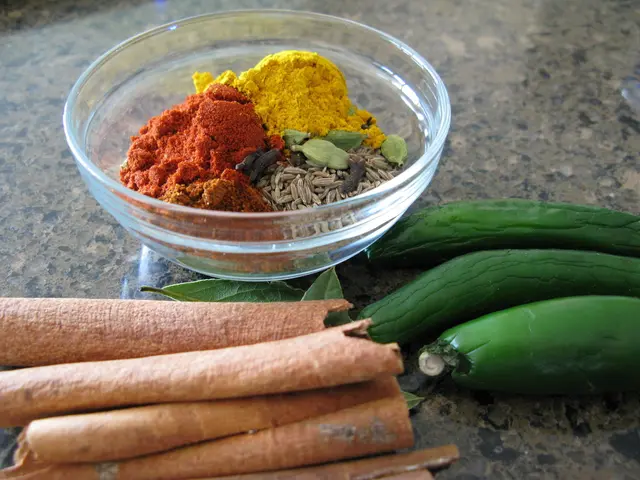Hops: Their Significance in the Craft of Beer Production
From the 9th century to the present day, the humble hop flower has played a transformative role in the world of beer brewing. Originating from the *Humulus lupulus* plant, hops have been an essential ingredient in beer production, contributing to flavour, preservation, and the development of various beer styles.
Before the widespread use of hops, brewers relied on a mix of herbs known as gruit to flavour their beer. However, hops' strong preservative qualities set them apart, as hopped beer was more resistant to spoilage due to the antimicrobial properties they possess. This made it possible to export and store beer for longer periods without increasing alcohol content, which had previously been the only alternative for preservation.
The refinement of hop use can be traced back to 13th century Bohemia and northern Germany, where large-scale brewing and standardised barrel sizes enabled exportation and commercial growth. This practice spread throughout Europe, reaching England by the late 15th century, although hopped beer initially faced opposition in some regions, such as England, where traditional ale brewing excluded hops.
Hops serve several key roles in brewing. They provide bitterness through alpha acids (humulones) that isomerize during wort boiling to iso-alpha acids, imparting the characteristic bitterness that balances malt sweetness. Essential oils in hops also add floral, citrus, piney, and spicy aromas crucial to a beer’s bouquet. Furthermore, antimicrobial compounds in hops inhibit microbial contamination, improving beer stability, and hops contribute to the head retention in beer.
The timing of hop additions significantly influences the final flavour profile in beers. Early boil additions contribute to bitterness, while late boil or dry hopping additions emphasise aroma.
The Reinheitsgebot, enacted in Germany in 1516, is a notable landmark in the history of hops. This beer purity law mandated beer ingredients as only water, barley, and hops (yeast was added later once its role was known). This law prioritised quality and helped shape brewing standards globally.
With hops as a standard ingredient, regional styles flourished. Pale ales in England used heavier hopping for bitterness and aroma, while lagers developed in Bavaria leveraged bottom-fermenting yeast and refrigeration, with hops contributing to their clean, crisp profiles.
Traditional and craft brewing have popularised various hop varieties suited for ales or lagers. Ales often showcase aromatic hops through techniques like dry hopping, especially in styles such as India Pale Ale (IPA) where hops are central to flavour. Lagers, on the other hand, tend to use hops with mild bitterness and clean, floral, or spicy notes.
In conclusion, hops have revolutionised beer brewing since the 9th century by adding bitterness, aroma, and crucial preservative qualities. Their commercial refinement in medieval Germany and Bohemia enabled large-scale brewing and export. The Reinheitsgebot codified their use, cementing hops as a core ingredient. Over time, diverse hop varieties and brewing techniques evolved to define the wide range of modern ales and lagers, making hops indispensable to beer’s flavour, stability, and cultural identity.
In the realm of health-and-wellness, the antimicrobial properties of hops have extended beyond beer preservation to potential applications in the development of natural, hop-based antimicrobial agents for various purposes.
The synergistic blend of science, fitness-and-exercise, nutrition, and sports has inspired innovative research linking hops' compounds to potential benefits for exercise recovery, joint health, and muscle growth, possibly opening new doors for hop's influence in sport performance and wellness products.








